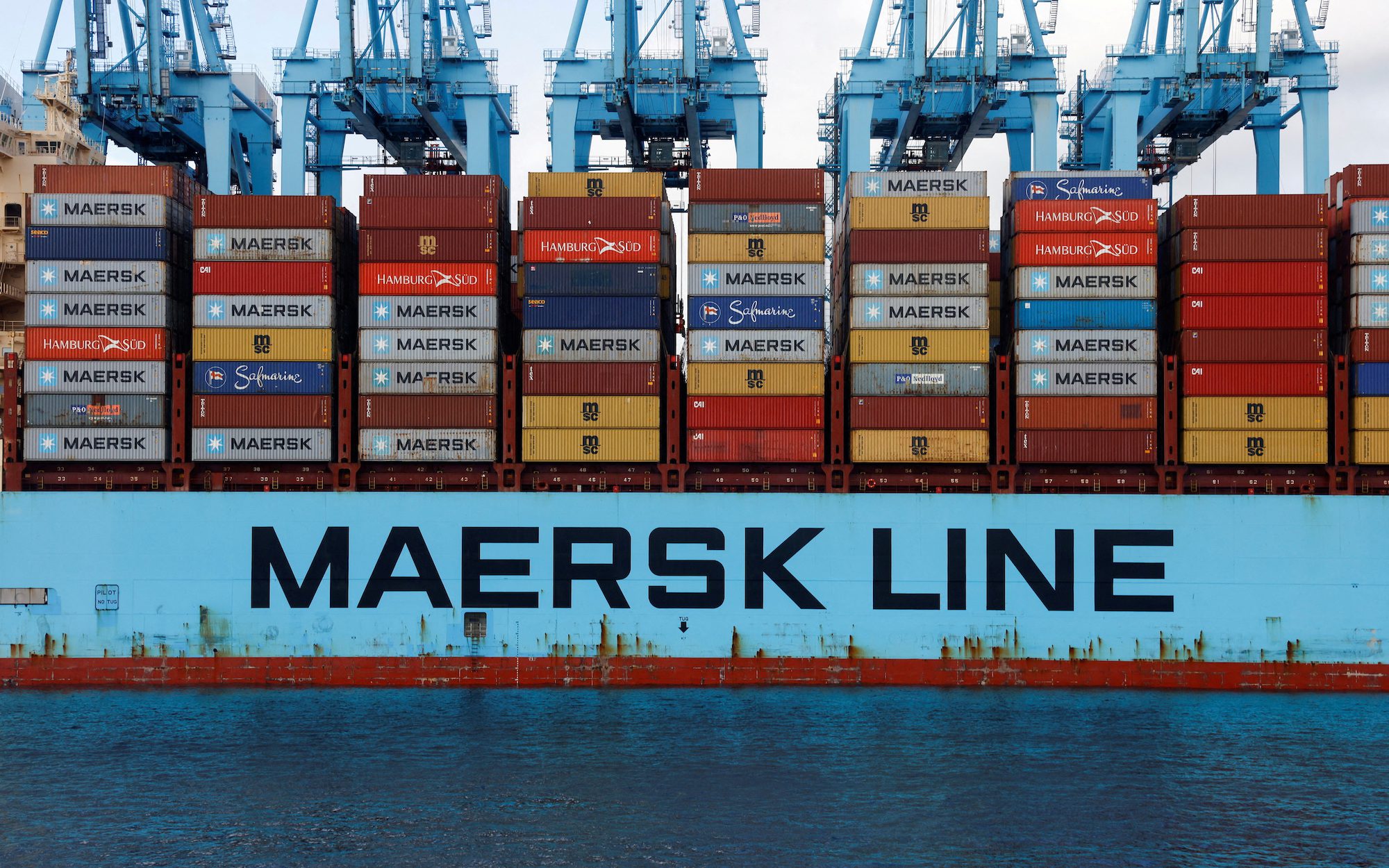As the U.S. Trade Representative moves forward with a one-year suspension of port fees targeting China’s maritime dominance, stakeholders across the shipping and shipbuilding sectors are voicing sharply contrasting views on what the pause means for America’s maritime future.
The suspension, effective November 10, 2025 through November 9, 2026, halts fees that began just weeks earlier on October 14, 2025. The fees were designed to counter China’s state-backed shipbuilding advantages following a Section 301 investigation initiated by the United Steelworkers and labor coalition partners.
The USTR opened a one-day comment period on the suspension, prompting stakeholders to voice their opinions on the matter.
Several maritime organizations have welcomed the breathing room. Mike Jacob, President of the Pacific Merchant Shipping Association, emphasized the need for federal investment while supporting the pause: “The agreement to suspend current port fees in both the United States and China for one year will provide space for a continuation of the conversations in the current docket.”
Lasse Kristoffersen, President and CEO of Wallenius Wilhelmsen, framed the suspension as essential for planning: “In our view, a suspension is an appropriate step to allow U.S. shipyards, logistics providers, and supply chain partners to plan and execute capital investments with greater certainty”.
The Transportation Institute echoed support for the pause, noting that both Jones Act and international U.S.-flag fleets “are critical to the national and homeland security of the United States”.
Not everyone is celebrating, however. Joint comments from the USW, IAM Union, IBEW, and IBB expressed disappointment that promises of revitalization have given way to “short-term considerations,” stating that “workers, shipyards, and our broader economic and national security interests are once again being sidelined.”
Hunter Stires, Non-Resident Fellow with the Center for Maritime Strategy at the Navy League, called the suspension “a significant strategic mistake,” noting that China’s vehement opposition and retaliatory measures demonstrated how seriously Beijing took the threat.
Scott Paul, President of the Alliance for American Manufacturing, questioned whether negotiations can address China’s “predatory actions,” citing the country’s “consistent record of noncompliance”.
The brief period when fees were active had significant consequences. U.S. carrier Matson reported incurring $6.4 million in just three weeks of reciprocal Chinese fees, which pales in comparison to the estimated $1.5 billion in annual port fees China’s state-owned COSCO faced.
The fees targeted three categories of vessels: Chinese-owned or operated ships, operators of Chinese-built vessels, and foreign-built vehicle carriers—each with different fee structures designed to pressure specific segments of China’s maritime dominance.
The underlying concern remains stark: China commanded 53% of all global ship orders by tonnage during the first eight months of 2025. This concentration represents what critics call an unhealthy market dynamic for an industry with such significant impact on global trade.
As the comment period closed on Friday, the maritime industry faces a fundamental question: whether a one-year pause serves as a strategic reset for building domestic capabilities, or whether it represents another missed opportunity to confront decades of industrial policy challenges.
The Trump-Xi agreement that triggered this suspension may have ended an immediate trade standoff, but it has intensified a longer-term debate about America’s maritime industrial future.

 Join The Club
Join The Club











